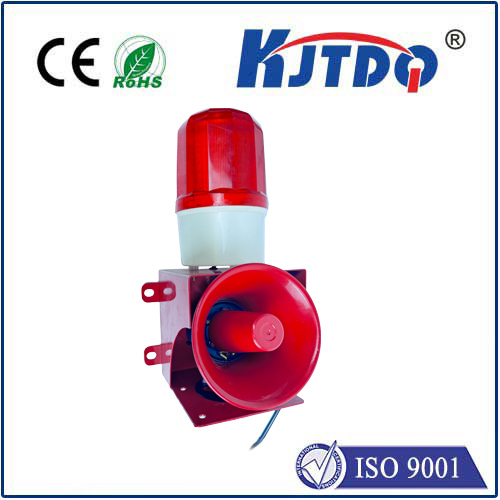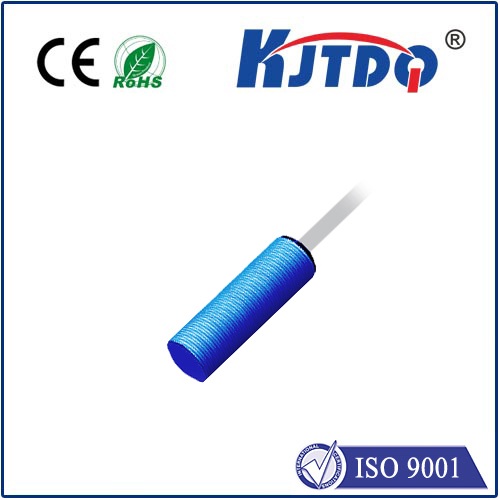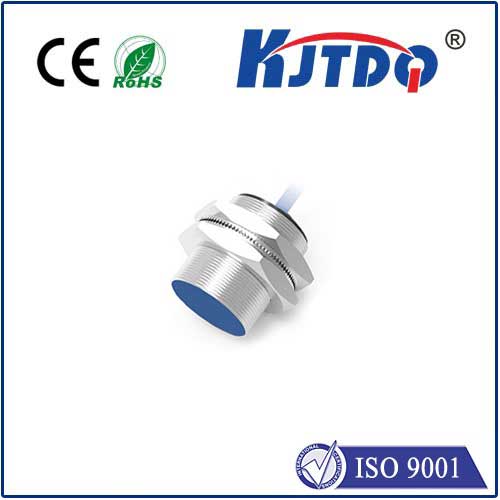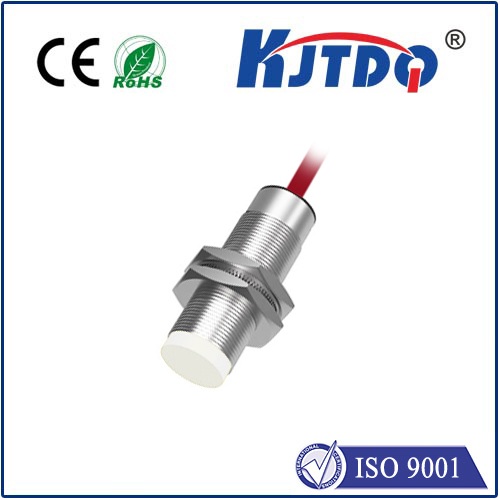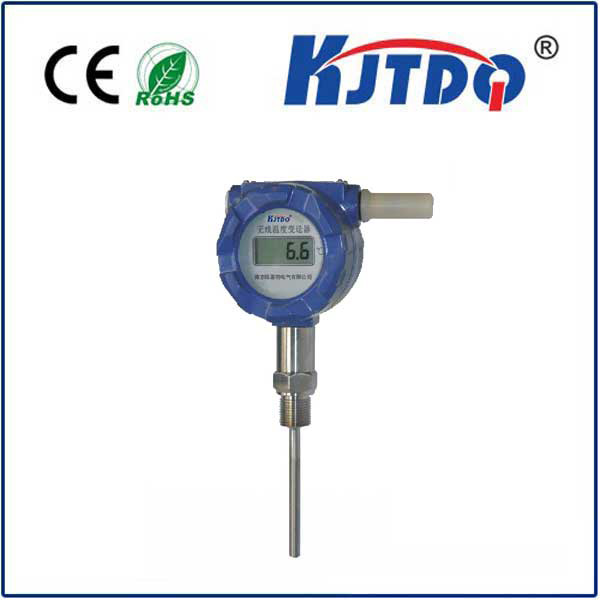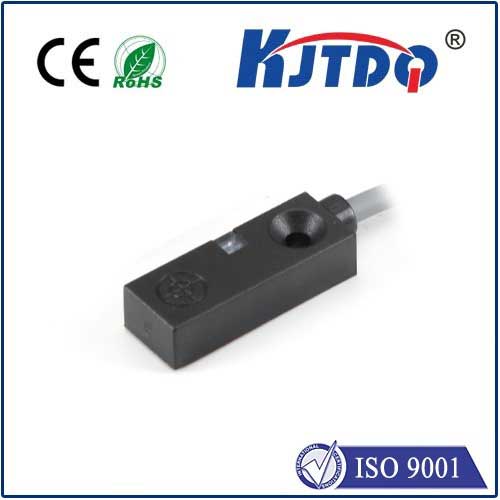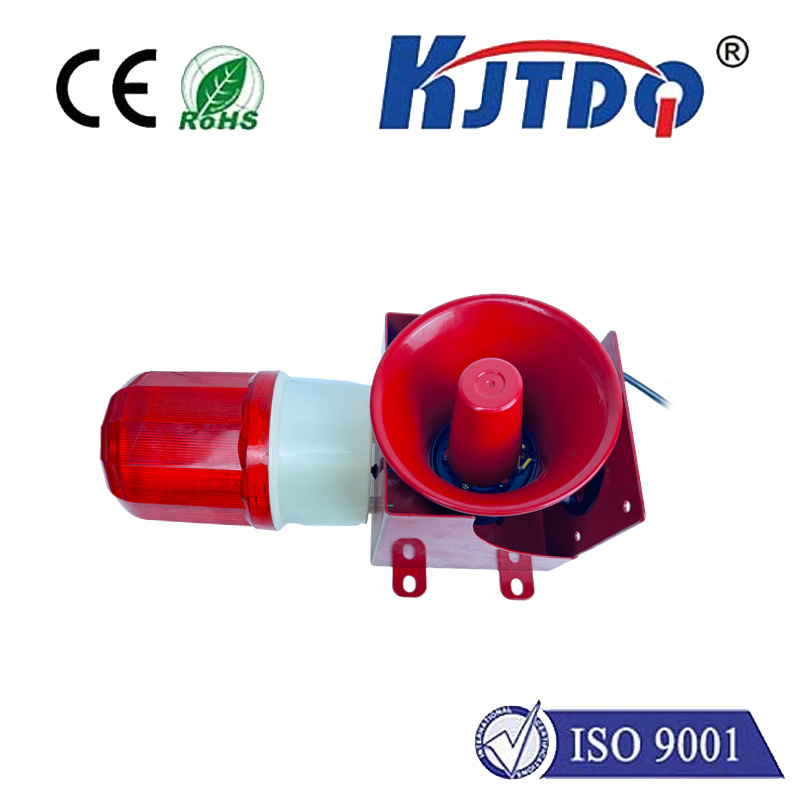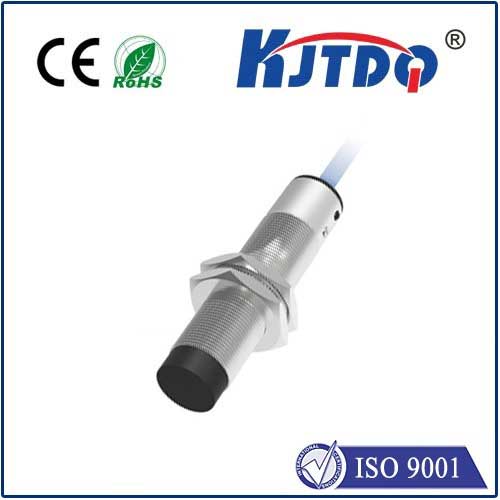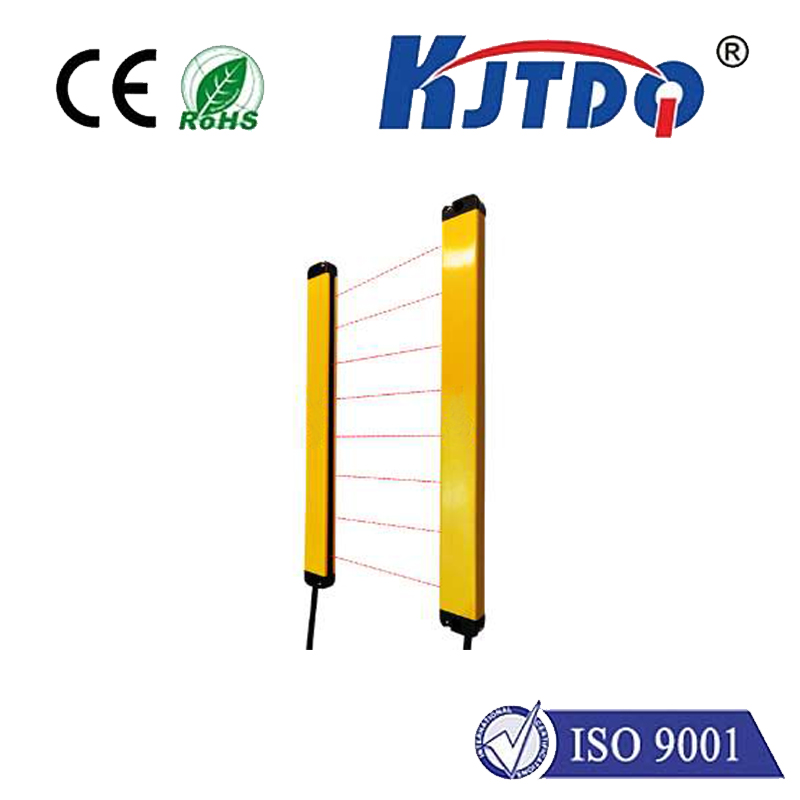
check

check

check

check
The 8mm inductive proximity sensor is a small but powerful device that has numerous applications in various industries. This article will explore the different uses of this sensor, its key features, and the benefits it offers over other types of proximity sensors.
Section 1: Introduction to Inductive Proximity Sensors
Inductive proximity sensors are non-contact devices that use a magnetic field to determine the distance between two objects. They work by measuring the change in electrical conductivity caused by the interaction between a magnetic field and the object being measured.
One of the advantages of inductive proximity sensors is their ability to detect objects regardless of their size or shape. They can also be used in hazardous environments where contact with the object being measured may be dangerous. Additionally, inductive proximity sensors do not emit any electromagnetic radiation, making them safe for use in healthcare applications.
Section 2: Applications of 8mm Inductive Proximity Sensors
There are several industries where the 8mm inductive proximity sensor is widely used. One of the most common applications is in automated manufacturing systems, where sensors are used to monitor the movement of machines and ensure they are operating within safe parameters. Other applications include automotive safety systems, medical devices, and consumer electronics.
Section 3: Features of 8mm Inductive Proximity Sensors
The key features of an 8mm inductive proximity sensor include its size, accuracy, and reliability. These sensors are typically smaller than other types of proximity sensors, making them ideal for tight spaces. They also offer high accuracy and reliability, ensuring consistent performance even under difficult conditions.
Another advantage of inductive proximity sensors is their ability to operate over a wide temperature range. This makes them suitable for use in a variety of environments, including extreme temperatures.
Section 4: Benefits of Using 8mm Inductive Proximity Sensors
The benefits of using an 8mm inductive proximity sensor include increased efficiency, cost savings, and improved safety. By automating the detection of objects, these sensors can reduce the need for human intervention, improving efficiency and reducing costs. They also offer better safety compared to other types of proximity sensors, particularly in hazardous environments.
Conclusion
In summary, the 8mm inductive proximity sensor is a versatile and reliable device that offers many benefits in various industries. Its small size, accuracy, and reliability make it an ideal choice for a wide range of applications. As technology continues to advance, we can expect to see even more innovative uses for this sensor in the future.
